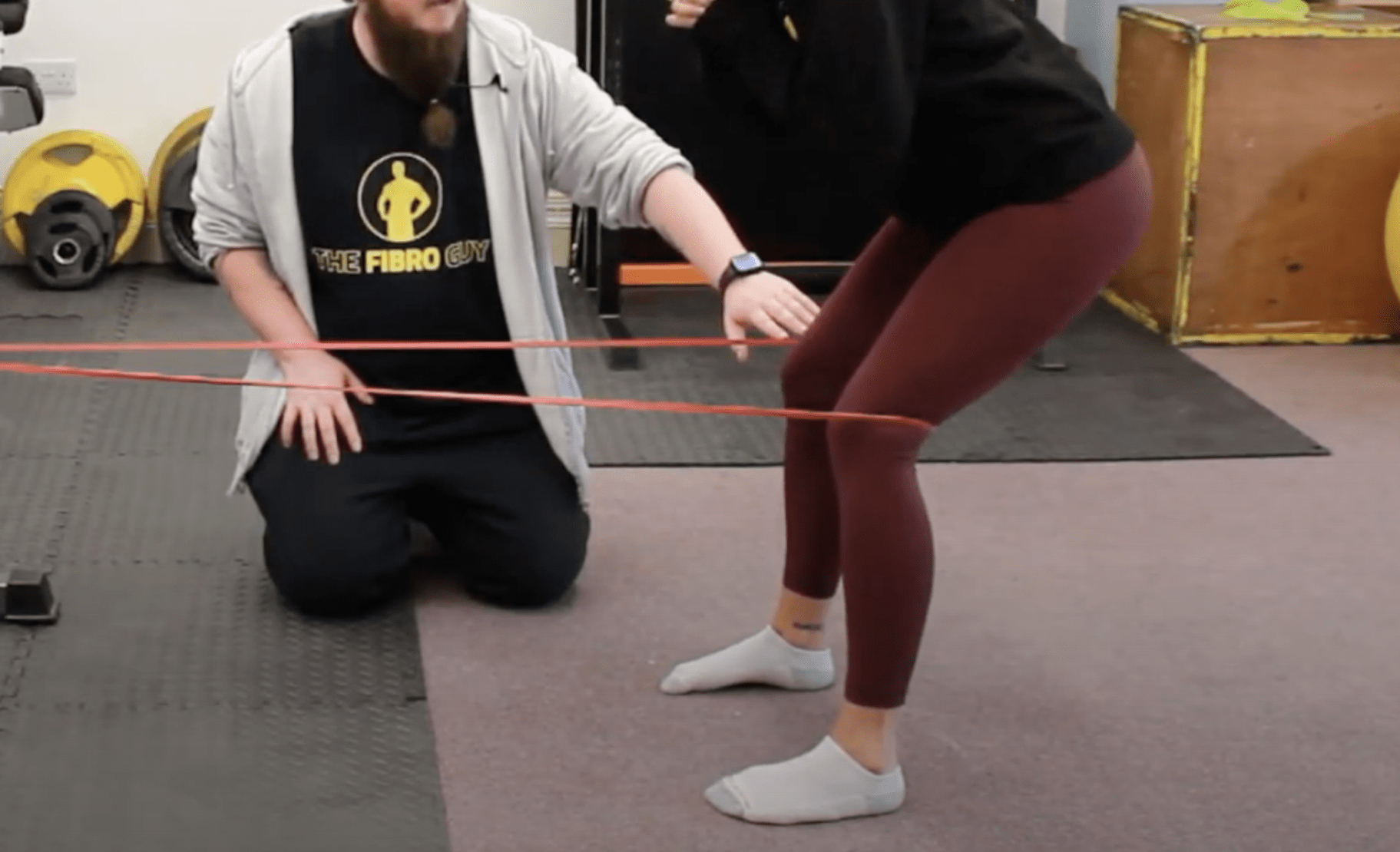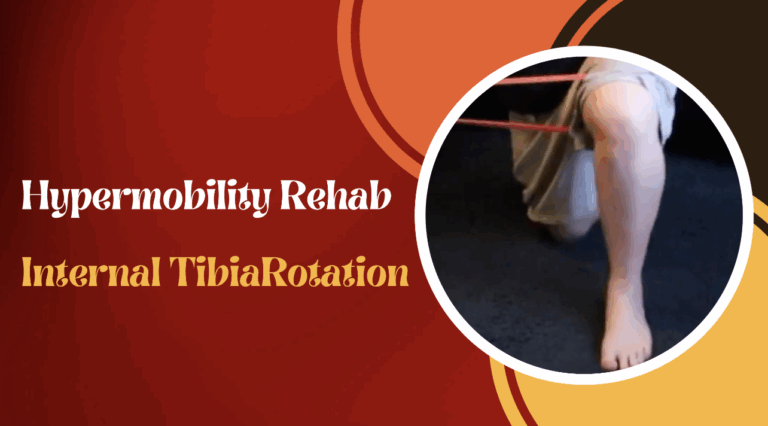- POTS and Exercise: The First Step Everyone Misses - 27 June 2025
- The Missing Link Between Breathlessness, Fatigue, and Chronic Pain: Understanding CO₂ Tolerance - 19 June 2025
- What is Mast Cell Activation Syndrome? - 12 May 2025
Those with hypermobility may have what is coined “flat feet” (which can also be referred to as “collapsed arches” or “fallen arches). This is where the muscles of the foot aren’t able to fully support our structures above.
There seems to be much demand for a simple and effective hypermobility foot arch exercise. So, below you can find one of our favourite hypermobility foot arch exercises, which is aimed at helping to restore collapsed arches in those with hypermobility and Ehlers-Danlos syndrome.
Often those with hypermobility will find that the arches of their feet collapse, putting extra forces through an already unstable and painful full joint. Whilst the use of orthotics can help to restore proper foot alignment, they do not provide the required stress consistency to force adaptation, and restore the fallen arch in those with hypermobility. Those with hypermobile feet may find that whilst orthotics offer some temporary support, they can in fact grow weaker in the long term, as their tissues relax into the orthotics.
If Flat arches aren’t your only issue, check out our tips for exercising with hypermobility.
What’s needed to fix fallen hypermobile arches?
In order to restore fallen arches, a few key points need to be met:
- The brain needs to know where tissue is in space and time.
- Sufficient tactile cue need to be used in order to properly force the tissue to engage.
- Stress needs to be applied, consistently, to force mechanical adaptation.
In the video below you with notice that we perform our hypermobility foot arch exercise with the use of a tactile cue (the red band).
This is an important step for this exercise, as it provides rich sensory information to your cortical maps, giving your brain an immediate update to the position of your lower limb.
The tactile cue also provides a force to pull your lower leg into flexion, this is important as with this added force, you will find you will be able to contract the tissues of your foot, ankle, and knees, far more easily.
If you’re also experiencing knee instability, try our Hypermobility Knee Pain/Instability Exercises post.
How to do the hypermobility foot arch exercise
A large problem with hypermobility exercises, in general, is that individuals tend to have trouble contracting the right tissues or even feeling the muscle they are exercising, in the first place. This is why a tactile cue, used with a closed chain exercise, is one of the top ways to help restore fallen arches.
For this type of exercise, it is far better to use time, rather than sets and repetitions. You can start off performing this exercise for up to 2 minutes twice per day, and spend the next 3 weeks trying to get up to a total of 4 minutes.
Chances are if you are struggling with Flat arches, you will have trouble running, Check out our advice for Running with Hypermobility to do it safely.
Enjoyed Our Blog? Why Stop Here?
If you’ve found value in our posts, imagine what you’ll gain from a structured, science-backed course designed just for you. Hypermobility 101 is your ultimate starting point for building strength, stability, and confidence in your body.

References
Kim, E.K. and Kim, J.S., 2016. The effects of short foot exercises and arch support insoles on improvement in the medial longitudinal arch and dynamic balance of flexible flatfoot patients. Journal of Physical Therapy Science, 28(11), pp.3136-3139.
Lynn, S.K., Padilla, R.A. and Tsang, K.K., 2012. Differences in static- and dynamic-balance task performance after 4 weeks of intrinsic-foot-muscle training: the short-foot exercise versus the towel-curl exercise. Journal of Sport Rehabilitation, 21(4), pp.327-333.
Mulligan, E.P. and Cook, P.G., 2013. Effect of plantar intrinsic muscle training on medial longitudinal arch morphology and dynamic balance. Manual Therapy, 18(5), pp.425-430.
Sung, P.S., Zipple, J.T., Andraka, J.M. and Danial, P., 2017. The kinetic and kinematic stability measures in healthy adult subjects with and without flat foot. The Foot, 30, pp.21-26.
Tahmasebi, R., Karimi, M.T., Satvati, B. and Fatoye, F., 2015. The relationship between clinical and radiological parameters and balance performance in adults with flexible flat foot. Clinical Biomechanics, 30(2), pp.127-132.
Vermeulen, S., De Mits, S., De Ridder, R., Calders, P., De Schepper, J., Malfait, F. and Rombaut, L., 2022. Altered multisegment ankle and foot kinematics during gait in patients with hypermobile Ehlers-Danlos syndrome/hypermobility spectrum disorder: a case-control study. Arthritis Care & Research, 74(5), pp.841-848.
Wang, J., Gu, Y., Zhang, M., Huang, L. and Wang, L., 2022. Effects of the short-foot exercise on foot alignment and muscle hypertrophy in patients with flatfoot: a meta-analysis. Healthcare, 10(10), p.1836.
Xu, R., Wang, Z., Ren, Z., Ma, T., Jia, Z., Fang, S. and Jin, H., 2024. Effects of short foot training on foot posture in patients with flatfeet: a systematic review and meta-analysis. Frontiers in Physiology, 15, p.1293161.




